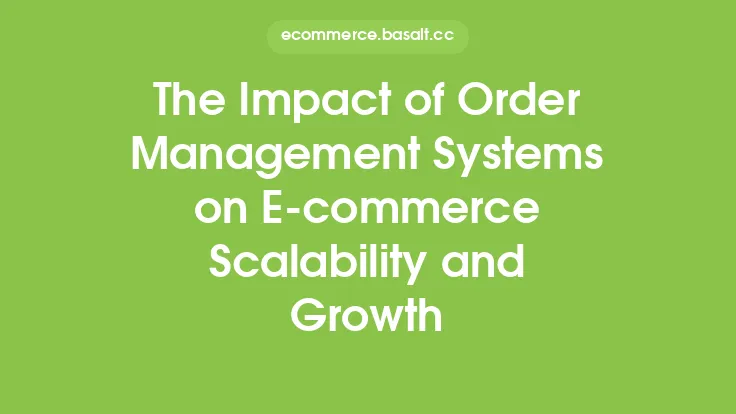The global e-commerce market has experienced unprecedented growth over the past decade, transforming the way businesses operate and consumers shop. This growth can be attributed to the increasing adoption of digital technologies, improvements in logistics and payment systems, and the rising demand for online shopping. As a result, the global e-commerce market has become a significant contributor to the global economy, with its size and growth rate continuing to impress.
Introduction to Global E-commerce Market Size
The global e-commerce market size is estimated to be in trillions of dollars, with millions of online transactions taking place every day. The market is expected to continue growing, driven by the increasing number of internet users, the rising popularity of online shopping, and the growing demand for digital products and services. The growth rate of the global e-commerce market is impressive, with some estimates suggesting that it will continue to grow at a rate of over 10% per annum for the next few years.
Factors Influencing Global E-commerce Market Growth
Several factors are influencing the growth of the global e-commerce market. These include the increasing adoption of digital technologies, improvements in logistics and payment systems, and the rising demand for online shopping. Additionally, the growth of social media and the increasing use of mobile devices have also contributed to the growth of the global e-commerce market. Furthermore, the COVID-19 pandemic has accelerated the growth of the global e-commerce market, as more people turn to online shopping due to lockdowns and social distancing measures.
Regional E-commerce Market Size and Growth Rate
The global e-commerce market is not uniform, with different regions experiencing different growth rates. The Asia-Pacific region is the largest e-commerce market, driven by the growing demand for online shopping in countries such as China, India, and Japan. The North American region is also a significant e-commerce market, with the United States being one of the largest e-commerce markets in the world. The European region is also experiencing significant growth, driven by the increasing adoption of digital technologies and the rising demand for online shopping.
Product Categories and Global E-commerce Market Size
The global e-commerce market can be segmented into different product categories, including electronics, fashion, home and garden, and food and beverages. The electronics category is one of the largest product categories, driven by the growing demand for smartphones, laptops, and other electronic devices. The fashion category is also significant, with many consumers turning to online shopping for clothing, shoes, and accessories. The home and garden category is also experiencing significant growth, driven by the increasing demand for home decor and furniture products.
Future Outlook and Growth Prospects
The future outlook for the global e-commerce market is positive, with the market expected to continue growing at a significant rate. The growth of the global e-commerce market will be driven by the increasing adoption of digital technologies, improvements in logistics and payment systems, and the rising demand for online shopping. Additionally, the growth of social media and the increasing use of mobile devices will also contribute to the growth of the global e-commerce market. However, the market is also expected to face challenges, including increasing competition, rising costs, and the need for businesses to adapt to changing consumer behavior.
Challenges and Opportunities in Global E-commerce
The global e-commerce market is not without its challenges. One of the significant challenges facing the market is increasing competition, with many businesses competing for a share of the market. Additionally, the market is also facing challenges related to logistics and payment systems, with many businesses struggling to provide fast and secure delivery options. However, the market also presents many opportunities, including the ability for businesses to reach a global audience, the potential for significant revenue growth, and the opportunity to innovate and differentiate.
Conclusion
In conclusion, the global e-commerce market is a significant and growing market, with its size and growth rate continuing to impress. The market is driven by the increasing adoption of digital technologies, improvements in logistics and payment systems, and the rising demand for online shopping. While the market faces challenges, including increasing competition and rising costs, it also presents many opportunities for businesses to grow and innovate. As the market continues to evolve, it is likely that we will see significant changes in the way businesses operate and consumers shop, with the global e-commerce market playing an increasingly important role in the global economy.





